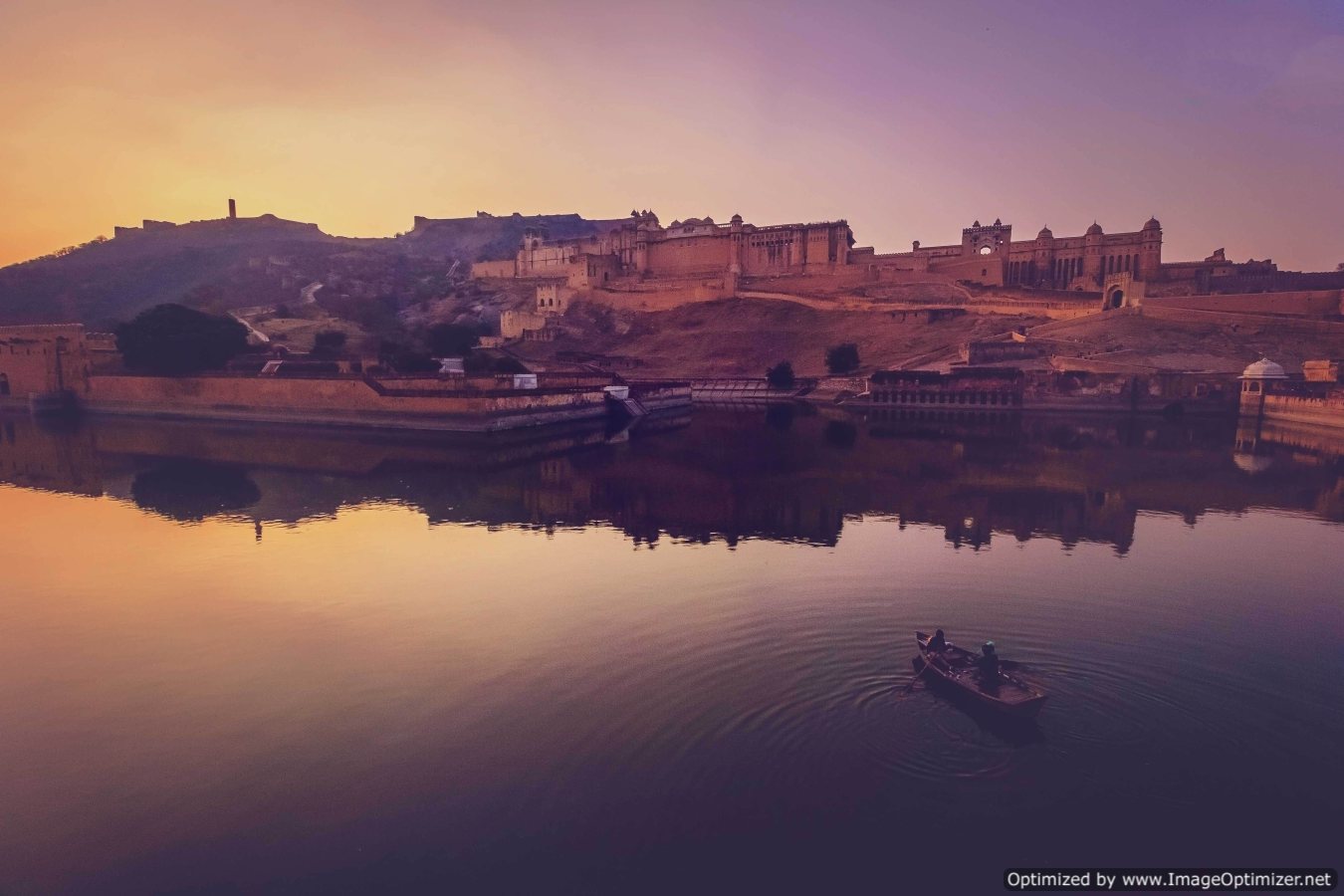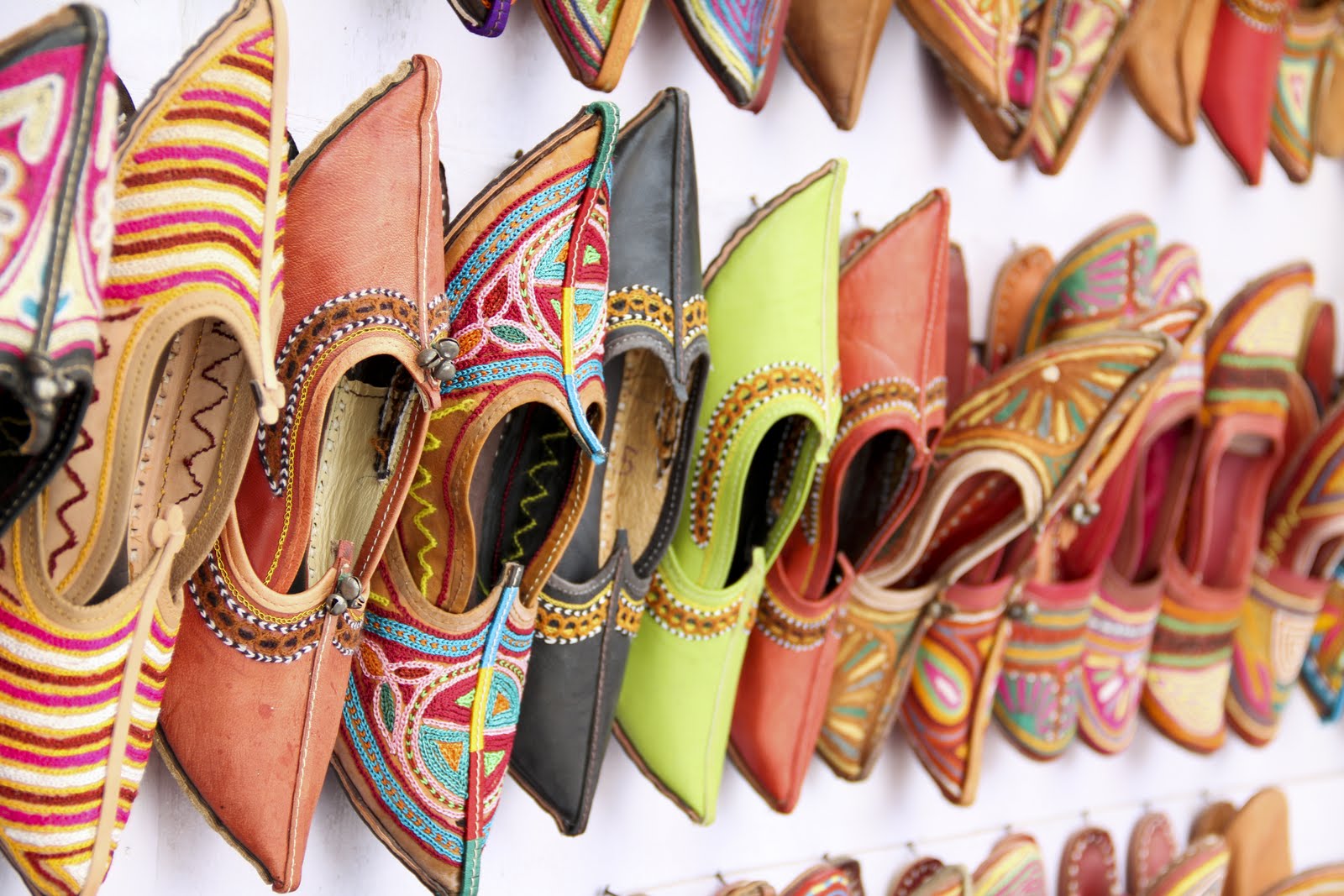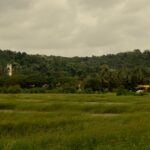An intensely romantic city, filled with history and memories of a glorious past, Jodhpur rides high on every traveler’s mind. I had first set foot in this blue city more than a decade back as a child. A lot has changed now, yet the intensity of this place has somewhat remained the same. Though, the winds of modernity has taken away some of its delectable taste of a small, historical town; it still entices with its charm. Everything was colourful, a typical trait of the city. There are things which have not changed; the traditional homes pained in pale indigo, locals wearing artistically designed multihued costumes, women dressed in wide gathered skirts and men with colourful turbans on their head. This regal city of Rajasthan still echoes with antiquity in the vacuum of the desert.

Though, the winds of modernity has taken away some of its delectable taste of a small, historical town; Jodhpur still entices with its charm.
While climbing the staircase to go out of the railway station, I caught sight of the formidable Mehrangarh fort looking down from its imposing height on the hillock. A 15 minutes drive, and I reached my hotel. ‘Khamma Gani, Ranbanka hotel’ welcomes the comely receptionist with a diaphanous cloth as garland. Khamma gani is a term used to greet the guests whereas Ranbanka attributes to ‘the invincible’ or ‘master of battles’.
The massive red sandstone structure was the abode of erstwhile rulers of Jodhpur and now it stands divided between the two latest descendants. All the rooms overlook a lovely courtyard (strictly speaking a quadrangle) in which the evening dinner and other programmes are arranged. My suite was modern and spacious yet retained the old world charm with all memorabilia.
After gobbling up some Rajasthani dishes (Bajra roti and ker sangri) as lunch, not to be overwhelmed by siesta, I took a sortie into the town. The old Jodhpur is spread out on the foothills of the Fort and the new town has developed around Umaid Bhawan palace. The market is in the centre.
In the first place, I set out (like any other traveler) to the impregnable Mehrangarh Fort. Buiilt by Rao Jodha in 1459 AD this hilltop eyrie stands guard to the city below. Much has been written about this ‘Citadel of the Sun’; for sure it is the most magnificent of the forts in Rajasthan. So colossal are its proportions that Rudyard Kipling called it “the work of giants”. The awe of this fort increases as you go closer to it. Built with burnished red sand stone; the imposing architecture of the fort declares its invincibility and with a strange haunting beauty beckons one and all. At the gateway, I realized I needed an ultra wide lens to capture the fort in my lens and wondered why did Rao Jodha built something so colossal and that too so high in the hills in the 15th century.

The awe of this Mehrangarh fort increases as you go closer to it.
Seven gates are to be crossed to reach the fort. The gates still bear the marks of the various battles fought in the bygone era. Past the fort gateways, the fort palaces take your breath away. Across the courtyards are palatial apartments with a bristling history of five centuries imbibed in them. The overhanging jharokhas of the palace with fine stone work, the famous Moti Mahal with a ceiling gorgeously embellished with mirror work, Chandan Mahal, where affairs of state were discussed ; the royal Darbar Takhat or throne room with its octagonal throne; and the Rang Mahal where the maharaja would play Holi with his Zenana . And add to it the excellently preserved cannons, a huge collection of swords and ammunition, interesting collection of over a hundred different types of turbans from various parts of Rajasthan, miniature paintings of various schools, musical instruments, costumes and furniture. Truly these ramparts remain the favorite haunt of all visitors coming to Jodhpur. From this height, Jodhpur looks ethereal and otherworldly, the blue hues of the city capture your imagination.
Having captured Mehrangarh fort in its full essence, I proceeded towards the Jaswant Thada, the graceful marble cenotaph of Maharaja Jaswant Singh II. This milky white marble memorial to Maharaja Jaswant Singh II is an array of whimsical domes – it’s a welcome, peaceful spot after the hubbub of the city, and the view across to the fort is superb.

Stray a little far in Jodhpur
I looked at the sky above, the sun bestowing all its grace on me. Yeah, it was time to sneak out for lunch. I descend to the old city to Shri Mishrilal Hotel to have the fairly regular omelet with the best lassie you have possibly had. At a stone’s throw away distance is the Shahi Samosa shop. Well, the samosas are really shahi going by their size and stuffing. Have two of them and you are done for the day (Jodhpur’s own fast food). Not far is Jodhpur sweet home, well known for its ooh-ah sugary treats. Sweets from this shop has found the taste buds of Clinton family also, and ironically some terrorists too, who got down from their jeep to sample the irresistible mawai ki kachori – ahh! that made a nice headlines.

Umaid Bhavan during daytime.
Drive away from the old city and there is Umaid Mahal, another major monument Jodhpur can boast of. It is touted as the drought relief measure by the Maharaja of Jaipur Umaid Singh. Built in the early 1920s and having the distinction of one of the largest private residences of the world, the palace was taken up as one of the public work projects devised to offer employment to the drought affected people of the kingdom.

Designed by renowned Edwardian architect Henry Lanchester, the palace is a blend of eastern and western architectural influences.
Its majestic 105 – foot high cupola is influenced by the Renaissance, while the towers draw inspiration from Rajput tradition. Today it houses an excellent little museum of some of the royal family’s possessions. A part of it has been developed as a luxury hotel.
A drive of 9 kms north of Jodhpur leads to Mandore, the old capital of Marwar. It possesses a group of impressive cenotaphs to Rathore kings within the huge Mandore Gardens.
I had taken a stride in this city of delight; had a tryst with history, was left awe struck at the sight of mammoth Mehrangarh Fort and felt the harmony at Umaid Palace; but now it was time for something I do the best – local shopping. I headed straight to the clock tower, the commonest of place in Jodhpur for shopping, and well known for shopping Jodhpur spices, most of which gets exported. A treasure trove for tourists, Jodhpur teems with an array of handicrafts and luckily you get that in every known market in the city. Try Tripoli Bazaar and Lakhera Bazaar for that – my personal favorites. Another must from Jodhpur are the Jodhpur juties from the Mochi bazaar. Here you can get a pair with fine embroidery for Rs 500 only.

Taking Jodhpuri jutis from the Mochi Bazaar
Jodhpur is tucked in the desert as an oasis for tourists. This blue city has everything that can make you pack your bag. And if you are looking forward to savour the colours of life, this is an apt destination.
(All the pictures for this article are taken by Mohit Goel, an accomplished wedding photographer. He has for long been associated with Hand of colors and has also contributed pictures in travel stories on Chaari Dhand and Alsisar. You can see more of his work at Infinite memories. )







Stunning photography
These pictures are by Mohit Goel, a stunning photographer. He accompanied me on this trip and knowing him I handed over the photography part to him 🙂
Ah! He’s certainly skilled. Good decision Aakash 🙂
amazing pics and post…wish to visit these places now
Thanks, you must keep Jodhpur in your bucket list, it’s far more than these images can hint at
Jodhpur is a beautiful and historic place in india. I love Jodhpur rajasthan thanks for this blog
Thanks a ton, m sure you know more of the place, will make for a great chat
[…] via Jodhpur: Drenched in blue — Hand of Colors […]